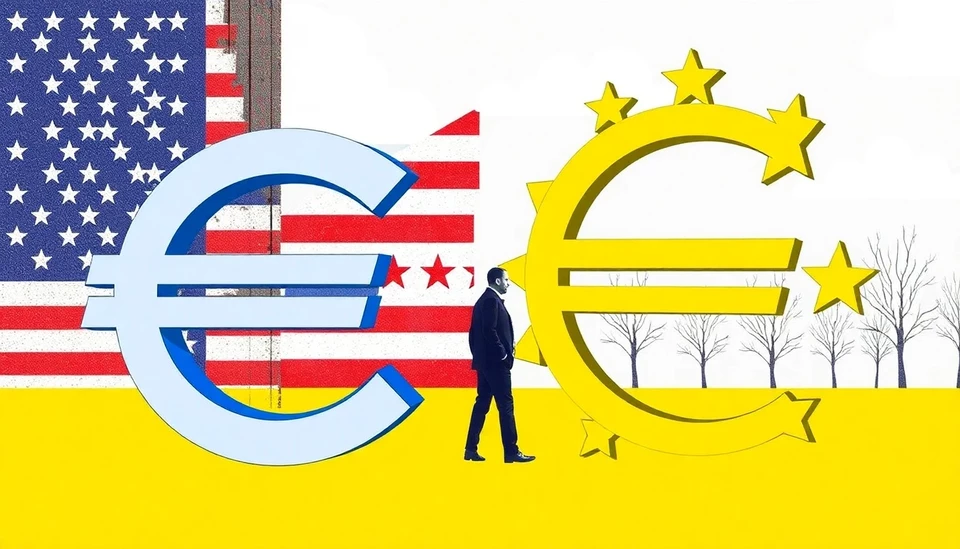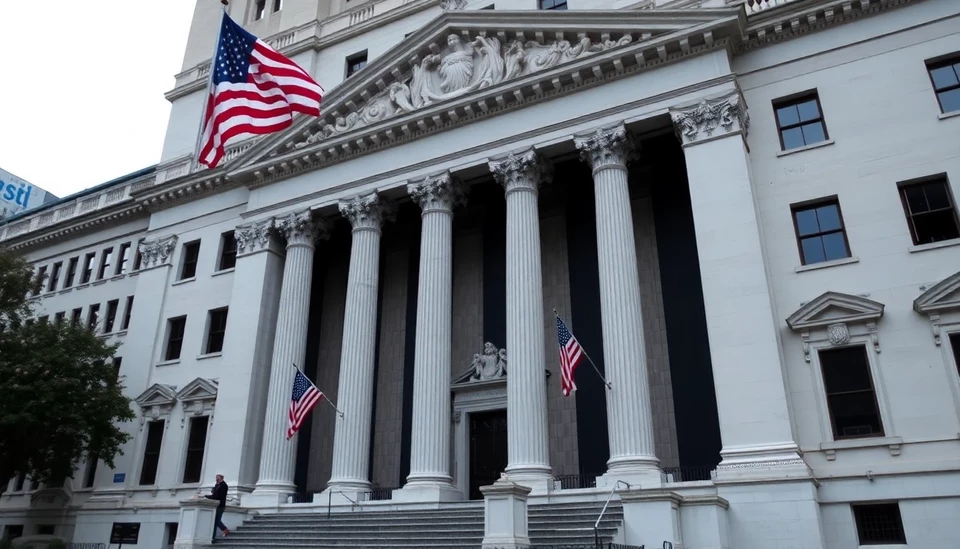
As the global economic landscape continues to evolve, forecasts indicate a significant widening of the interest rate gap between the United States and the Eurozone. This anticipated divergence comes in the wake of contrasting monetary policies and economic conditions, reminiscent of the period that once triggered former President Donald Trump's criticism of the Federal Reserve.
Central banks across the globe have been navigating the choppy waters of inflation and economic recovery, but the U.S. Federal Reserve stands poised to take a distinctly hawkish stance. Recent data suggests that the Fed may consider additional rate hikes in the near future to combat persistent inflation. In contrast, the European Central Bank (ECB) has adopted a more cautious approach, largely due to the ongoing economic challenges facing the Eurozone, including lower growth rates and concerns over recession in member countries.
This divergence in policy is likely to exacerbate the existing interest rate gap. Market analysts predict that the Fed’s potential rate increases will push U.S. borrowing costs higher, while the ECB may hold rates steady or opt for minimal adjustments, keeping Eurozone rates comparatively low. This situation raises questions about capital flows, investment strategies, and overall economic competitiveness between these two major economies.
The implications of this widening gap are multifaceted. For investors, this could mean recalibrating portfolios to account for the shifting landscape of currency strength. The U.S. dollar may experience upward pressure as yields on American assets rise, enticing investors seeking higher returns. Conversely, the Euro could face depreciation versus the dollar as the ECB's cautious stance may dissuade investment inflows into Euro-denominated assets.
Furthermore, corporate borrowers in the Eurozone might find themselves at a disadvantage when seeking funding, as firms will have to contend with the possibility of higher rates in the U.S. This could lead to a widening differential in financing costs, influencing multinational companies' decisions on where to invest and expand.
Historical context plays a role in understanding the current landscape. Trump’s earlier-assailed policies targeted the Fed's direction and the central bank's perceived leniency in maintaining low rates, which he argued put U.S. interests at risk in the global economic arena. Today’s anticipated policy divergence could reignite similar debates about the efficacy of central bank strategies and their broader economic consequences.
As the situation develops, the focus will shift to how both the Federal Reserve and the ECB respond to ongoing economic indicators. The global markets will be watching closely for any signs of changes in policy direction that could further impact the growing interest rate disparity.
In conclusion, as the U.S. looks likely to increase interest rates while Europe remains cautious, the widening gap not only raises questions about economic health and competitiveness but could also reintroduce discussions reminiscent of past political and financial disputes.
#InterestRates #USFederalReserve #EuropeanCentralBank #Economy #GlobalMarkets #Trump #Finance #InvestmentStrategy #InterestRateGap
Author: Rachel Greene




